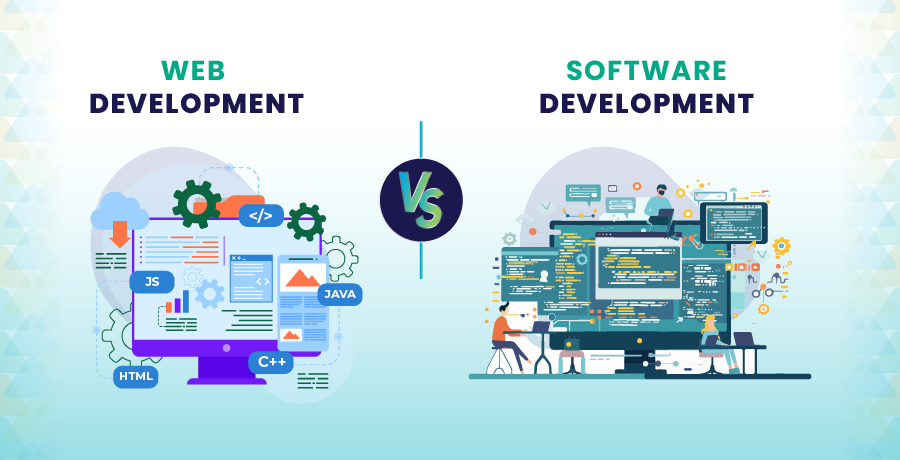How to Master SQL for Database Management and Backend Development

Mastering SQL is crucial for database management and backend development, as it is the primary language used for interacting with relational databases. Here’s a structured approach to mastering SQL:
1. Understand the Basics
Learn SQL Fundamentals:
-
- SQL Syntax: Familiarize yourself with the basic syntax and structure of SQL queries.
-
- Basic Commands: Start with foundational commands like
SELECT,INSERT,UPDATE, andDELETE.
- Basic Commands: Start with foundational commands like
-
- Data Types: Understand common data types such as
INTEGER,VARCHAR,DATE, andBOOLEAN.
- Data Types: Understand common data types such as
Resources:
-
- Books: “SQL in 10 Minutes, Sams Teach Yourself” by Ben Forta, “Learning SQL” by Alan Beaulieu.
-
- Online Courses: Platforms like Coursera, Udemy, and Khan Academy offer beginner SQL courses.
2. Practice Query Writing
Simple Queries:
-
- Select Statements: Practice writing
SELECTqueries to retrieve data from single tables.
- Select Statements: Practice writing
-
- Filtering Data: Use
WHEREclauses to filter results based on conditions.
- Filtering Data: Use
-
- Sorting Data: Apply
ORDER BYto sort results.
- Sorting Data: Apply
Intermediate Queries:
-
- Joins: Learn to use
INNER JOIN,LEFT JOIN,RIGHT JOIN, andFULL OUTER JOINto combine data from multiple tables.
- Joins: Learn to use
-
- Aggregation Functions: Utilize functions like
COUNT(),SUM(),AVG(),MIN(), andMAX()to aggregate data.
- Aggregation Functions: Utilize functions like
-
- Grouping Data: Use
GROUP BYto group results andHAVINGto filter grouped results.
- Grouping Data: Use
Advanced Queries:
-
- Subqueries: Write subqueries for complex queries that require nested SQL statements.
-
- Common Table Expressions (CTEs): Use CTEs to simplify complex queries and improve readability.
-
- Window Functions: Learn about window functions like
ROW_NUMBER(),RANK(), andOVER()for advanced data analysis.
- Window Functions: Learn about window functions like
Practice Resources:
-
- LeetCode: Offers SQL problems for practice.
-
- HackerRank: Provides SQL challenges and exercises.
-
- Mode Analytics SQL Tutorial: Offers interactive SQL practice.
3. Understand Database Design
Normalization:
-
- Normalization Concepts: Learn about normalization and its forms (1NF, 2NF, 3NF) to design efficient database schemas.
-
- De-normalization: Understand when and why you might de-normalize data for performance reasons.
Schema Design:
-
- Tables and Relationships: Learn how to design tables, define primary and foreign keys, and set up relationships between tables.
-
- Indexes: Understand how indexes work to improve query performance and how to create and manage them.
Resources:
-
- Books: “Database System Concepts” by Silberschatz, Korth, and Sudarshan.
-
- Online Courses: Database design courses on Coursera, Udemy, or edX.
4. Work with SQL in Different Environments
SQL Variants:
-
- Learn SQL Dialects: Understand the differences between SQL dialects used by various database management systems (DBMS) like MySQL, PostgreSQL, SQL Server, and Oracle.
Database Management Systems:
-
- Hands-On Practice: Install and work with different DBMSs to get a feel for their interfaces and features.
-
- Cloud Databases: Explore cloud-based SQL databases like Amazon RDS, Google Cloud SQL, or Azure SQL Database.
Resources:
-
- Documentation: Review official documentation for MySQL, PostgreSQL, SQL Server, etc.
-
- Online Platforms: Practice with online SQL platforms like SQL Fiddle or db-fiddle.com.
5. Optimize and Maintain Databases
Query Optimization:
-
- Performance Tuning: Learn techniques to optimize SQL queries, such as using appropriate indexes and writing efficient queries.
-
- Explain Plans: Use
EXPLAINstatements to analyze query execution plans and identify bottlenecks.
- Explain Plans: Use
Database Maintenance:
-
- Backup and Recovery: Understand how to back up and restore databases to ensure data integrity.
-
- Monitoring: Learn to monitor database performance and troubleshoot issues.
Resources:
-
- Books: “SQL Performance Explained” by Markus Winand.
-
- Online Resources: Tutorials and guides on database performance optimization.
6. Develop Real-World Projects
Build Projects:
-
- Personal Projects: Create your own projects, such as a blog, e-commerce site, or inventory management system, to apply SQL skills in real-world scenarios.
-
- Contribute to Open Source: Participate in open-source projects that involve database management to gain practical experience.
Showcase Your Skills:
-
- Portfolio: Include SQL projects in your portfolio to demonstrate your expertise.
-
- GitHub: Share your SQL code and database schemas on GitHub for potential employers to review.
7. Stay Updated and Keep Learning
Continuous Learning:
-
- Follow Trends: Stay updated with new SQL features, database technologies, and best practices.
-
- Join Communities: Participate in forums and communities like Stack Overflow, Reddit’s r/SQL, or specialized SQL groups.
Resources:
-
- Blogs and Newsletters: Subscribe to blogs and newsletters on database technologies and SQL.
Conclusion
Mastering SQL requires a combination of understanding fundamental concepts, practicing query writing, learning about database design, working with different DBMSs, optimizing performance, and applying skills in real-world projects. By following this structured approach and continuously expanding your knowledge, you can become proficient in SQL and excel in database management and backend development.









